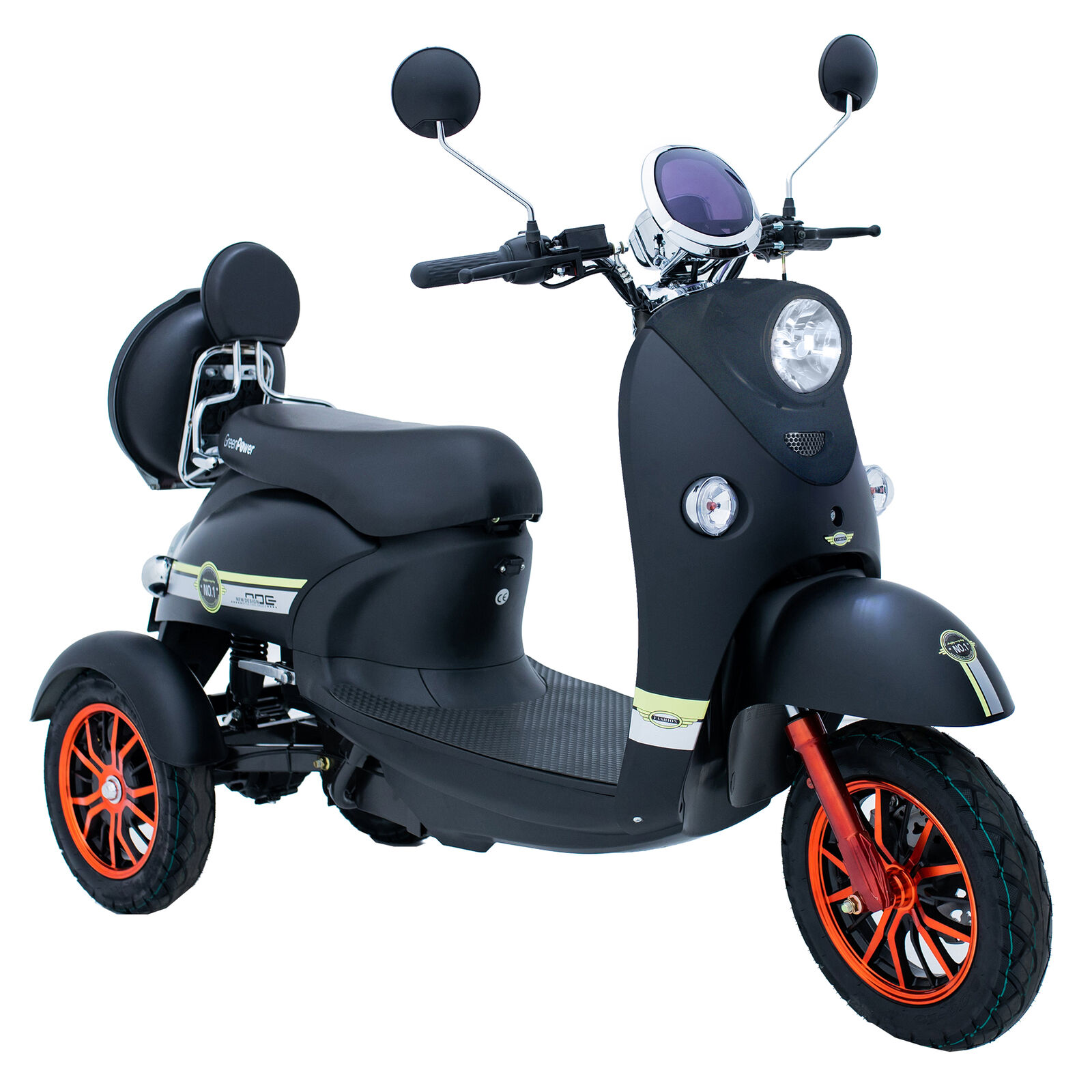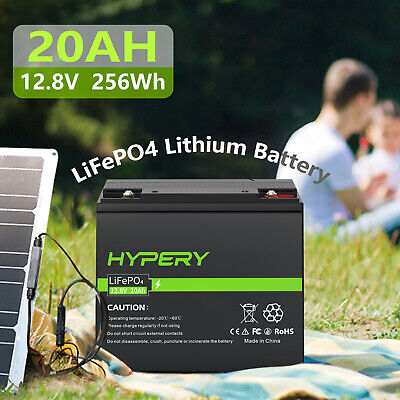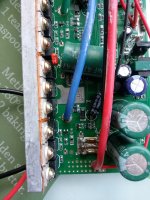somervillearron
1 mW
Hi
So I have a 3 wheel trike it was initially a green power bz500 like in the link here

 www.mobilitypower.co.uk
www.mobilitypower.co.uk
So we bought it but everything was blown on it even though it was only 7 months old!
So literally all that was used was the frame and the X5 12v 20ah battery's all the wiring and motor controller and motor where all discarded.
So I bought a 60v 1000w motor and a seperate 64v/48v 1000w motor controller.
So to get down to my issue the scooter runs just fine but my issue is as soon as it gets to 48v bang on it basically cuts out it's go stop go stop but from 60v down to there it's perfect!
Am I correct in saying this is what it means by 64v/48v? Does that mean it stops at 48 as there not lithium batterys and can't be totally discharged? Sorry I just have no clue what so ever here........
Can I ask also see the 500w 60v the scooter was originally it was rated at something like 14 miles what should I be getting out of it the way it is just a rough estimate?
See the battery's are pretty old they do need replacing now but my main question is if I go for lithium ones like these

Am I correct in saying since these are lithium they can be ran down to 15% or there around?
So how if the controller cuts off at 48v would I get around this do you get special controllers for lithium or is there something I'm missing here?
Sorry I probably sound really stupid here I've just absolutely no clue with this end of things give me car electrics I'm all over it but these motor controllers and battery's I'm learning
So can someone tell me is it normal to cut off at 48v?
If I got lithium would I be able to go below the 48v and get more range as a result?
Thanks a lot
So I have a 3 wheel trike it was initially a green power bz500 like in the link here

Electric Mobility Scooter BZ500 - Green Power
Take the next step in your journey to greater independence with the stunning Retro model BZ500 Electric Mobility Scooter by Green Power. Part of our range of luxurious yet affordable products.
 www.mobilitypower.co.uk
www.mobilitypower.co.uk
So we bought it but everything was blown on it even though it was only 7 months old!
So literally all that was used was the frame and the X5 12v 20ah battery's all the wiring and motor controller and motor where all discarded.
So I bought a 60v 1000w motor and a seperate 64v/48v 1000w motor controller.
So to get down to my issue the scooter runs just fine but my issue is as soon as it gets to 48v bang on it basically cuts out it's go stop go stop but from 60v down to there it's perfect!
Am I correct in saying this is what it means by 64v/48v? Does that mean it stops at 48 as there not lithium batterys and can't be totally discharged? Sorry I just have no clue what so ever here........
Can I ask also see the 500w 60v the scooter was originally it was rated at something like 14 miles what should I be getting out of it the way it is just a rough estimate?
See the battery's are pretty old they do need replacing now but my main question is if I go for lithium ones like these

Lithium Battery 12V 20AH LiFePO4 BMS Emergency Storage Power RV Solar Camper ATV | eBay
Battery Specifications: Voltage: 12.8V Standard Capacity: 20Ah/256Wh Battery Cell Type: Lithium Iron Phosphate BMS-Discharge Protection Voltage: 8V Standard Continuous Discharge Current: 10A Max. Continuous Discharge Current: 20A Discharge Temperature: -20°C -60°C Charging Temperature: 0°C -55°C...
www.ebay.co.uk
Am I correct in saying since these are lithium they can be ran down to 15% or there around?
So how if the controller cuts off at 48v would I get around this do you get special controllers for lithium or is there something I'm missing here?
Sorry I probably sound really stupid here I've just absolutely no clue with this end of things give me car electrics I'm all over it but these motor controllers and battery's I'm learning
So can someone tell me is it normal to cut off at 48v?
If I got lithium would I be able to go below the 48v and get more range as a result?
Thanks a lot






